FANS HAS COMPLETELY LOST IT ON THOMAS FRANK UNRELIABLE DARK ART AND 0IQ TACTICS AGAINST ASTON VILLA
It was supposed to be a statement game — one that would show Thomas Frank’s tactical evolution and Tottenham Hotspur’s readiness to push into the top tier of English football. Instead, it ended in chaos, frustration, and yet another wave of anger from supporters. Tottenham’s 1–2 home defeat to Aston Villa has left fans furious, accusing manager Thomas Frank of employing “unreliable dark arts” and “0 IQ tactics” that cost them the match and exposed just how directionless the team has become.
From misjudged formations to misplaced substitutions, from tactical rigidity to emotional outbursts on the touchline, everything about Tottenham’s performance at the Tottenham Hotspur Stadium screamed confusion. For many fans, this was the night they finally lost faith in Frank’s approach.
1. The Build-Up: Rising Expectations and Growing Pressure
Before kickoff, Tottenham were under quiet but undeniable pressure. Their last few performances had shown flashes of brilliance mixed with alarming inconsistency. Thomas Frank, who was brought in to steady the ship and add tactical discipline, promised “structure, intensity, and calculated pressing.” But against Aston Villa, Tottenham looked anything but structured.
Supporters were optimistic that a home crowd could lift the side, especially with Aston Villa arriving off the back of mixed results. The North Londoners needed a response — a composed, tactical performance to re-establish their authority.
Instead, fans got ninety minutes of frustration and a manager whose decisions left everyone questioning his football intelligence.
2. The “Dark Art” Philosophy — When Gamesmanship Backfires
Thomas Frank has built a reputation for being a clever tactician who uses psychological warfare — or what fans call the dark arts — to disrupt opponents. A few time-wasting routines, physical duels, and emotional provocation can, in moderation, tilt matches in his favour.
But against Aston Villa, this philosophy exploded in his face.
Tottenham started the game aggressively, throwing themselves into challenges, playing on the edge, and trying to rattle Villa’s rhythm. The problem? It quickly descended into recklessness.
Within 15 minutes, Tottenham had already conceded several unnecessary fouls around the box. Rather than unsettling Villa, it gave Unai Emery’s side rhythm and set-piece opportunities. Every time Spurs won the ball, they seemed more interested in slowing play down or drawing soft fouls than building coherent attacks.
Fans began groaning as Villa’s midfield took control. The so-called dark arts that were supposed to intimidate ended up destroying Tottenham’s own fluency.
3. Tactical Setup: The Fatal Miscalculation
Frank’s starting formation was a 3-5-2 hybrid that attempted to mirror Villa’s shape. On paper, it sounded smart — matching Aston Villa man-for-man to prevent overloads. In practice, it was disastrous.
Tottenham’s back three of Cristian Romero, Micky van de Ven, and Ben Davies struggled to contain Villa’s quick transitions. Leon Bailey and Moussa Diaby exploited the spaces behind the wing-backs, while Ollie Watkins constantly dragged defenders out of position.
In midfield, Pierre-Emile Højbjerg and Yves Bissouma were overrun. Villa’s high press forced constant turnovers, and Tottenham had no natural outlet. The wing-backs were caught between pushing forward and covering defensively, leaving the side stretched and exposed.
It wasn’t just poor execution — it was poor design. Villa’s tactical clarity contrasted Tottenham’s confusion. Every time Spurs tried to press, Villa found the free man; every time Spurs dropped deep, Villa advanced with confidence.
4. Fans’ Anger Boils Over
By halftime, the frustration among Tottenham supporters was palpable. Boos echoed faintly as the players walked down the tunnel, and social media erupted with fury directed at Thomas Frank.
One fan posted on X (formerly Twitter):
“Frank’s tactics have no structure, no identity. This is pure chaos. Stop calling it dark arts — it’s just dumb football.”
Another added:
“We’re not Brentford anymore, stop turning Tottenham into an anti-football side. We have the players to attack, not wrestle.”
The feeling was universal: fans were tired of seeing a talented Tottenham squad shackled by a manager obsessed with containment and confrontation rather than creativity and control.
5. The Key Moments: How the Game Slipped Away
The game’s defining moments summed up everything wrong with Tottenham’s performance.
In the first half, Aston Villa opened the scoring through Ollie Watkins after a defensive lapse. Tottenham’s back line failed to clear a simple ball, allowing Villa to pounce.
Tottenham responded with a goal from Richarlison midway through the second half — a brief moment of hope that reignited the crowd. But as quickly as they scored, they collapsed again.
A miscommunication between Bissouma and Van de Ven gifted Villa possession in midfield, leading to a swift counterattack finished off by Moussa Diaby.
From there, Tottenham’s game plan imploded. Passes went astray, players looked visibly frustrated, and the substitutions made things worse instead of better.
6. The Substitution Controversy
If fans were angry before, Frank’s substitutions pushed them over the edge. With Tottenham chasing the game, most expected him to bring on a creative spark — someone like Dejan Kulusevski or Giovani Lo Celso to unlock Villa’s defense.
Instead, he replaced Richarlison with a defensive midfielder, seemingly opting to “protect” the team rather than chase an equalizer. The crowd erupted in disbelief.
By the time Tottenham regained possession, they had no focal point in attack. Harry Kane’s absence was still deeply felt, but even without him, there was enough firepower to do more than sit back and hope.
Fans described the substitutions as “anti-football,” “cowardly,” and “embarrassing.” The term 0 IQ tactics began trending on X within minutes of the final whistle.
7. Thomas Frank’s Body Language and Post-Match Comments
Frank’s demeanor during and after the match didn’t help. On the touchline, he looked animated but frustrated — constantly arguing with officials and gesturing wildly at his players. To fans, it felt like a man losing control.
After the game, when asked by Sky Sports about the defeat, he defended his approach:
“We controlled parts of the game and created chances. Small mistakes cost us. The effort was there, but Villa were clinical.”
Those comments only deepened fan outrage. Supporters didn’t see “control” or “effort” — they saw a team without direction.
One Tottenham supporter wrote:
“How can he talk about control when Villa made us chase shadows for 90 minutes? We looked scared to play football.”
8. The Collapse of Identity
For years, Tottenham prided themselves on flair, fluidity, and attacking confidence. Under Thomas Frank, that identity seems to be fading fast.
The team’s current approach — sitting deep, slowing down play, and relying on tactical fouls — doesn’t suit their personnel. Players like James Maddison, Son Heung-min, and Kulusevski thrive in quick, high-tempo transitions. Instead, they look stifled in a system designed to frustrate rather than express.
Frank’s insistence on conservative football is beginning to alienate the fanbase. Supporters argue that Tottenham didn’t bring him in to turn them into another mid-table pragmatist club; they wanted evolution, not regression.
9. Social Media Meltdown: Fans Go Nuclear
After the 1–2 defeat, Tottenham’s online spaces were flooded with criticism.
A few notable posts included:
- “Thomas Frank’s dark arts belong in the Championship. We need football, not wrestling.”
- “0 IQ tactics from a 0 IQ manager. He’s destroying our rhythm week after week.”
- “How did Aston Villa look like the home team in our stadium? Pathetic setup.”
Some even called for the club to begin exploring other managerial options if the style doesn’t change soon. While not everyone is calling for his dismissal yet, the tone has clearly shifted from patience to protest.
10. Tactical Breakdown: Why It All Went Wrong
When dissecting Tottenham’s structure against Aston Villa, three main issues stand out:
a. Lack of Vertical Transitions
Tottenham’s midfield was static. Without quick passing between the lines, Aston Villa pressed easily, cutting off supply to the forwards.
b. Poor Defensive Compactness
The wing-backs were caught too high, leaving gaps behind. Villa exploited those spaces with ease, turning defense into attack in seconds.
c. Predictable Build-Up
Every Tottenham attack seemed rehearsed but outdated. Long diagonals to Son or slow recycling across the backline gave Villa ample time to reset.
Frank’s tactical stubbornness was clear. Even when Villa’s system overpowered his, he refused to make adjustments until it was too late.
11. A Divided Dressing Room?
Reports after the match hinted at visible tension among players. Sources close to the team suggested there were heated exchanges between some squad members in the dressing room after full-time.
While no player has spoken publicly, the frustration is obvious on the pitch. Son Heung-min’s gestures after misplaced passes and Romero’s angry reaction to the second goal reflected a side on edge.
If these issues continue, Tottenham could face not only a tactical crisis but also a psychological one — the kind that unravels entire seasons.
12. Comparing the Managers: Frank vs Emery
Unai Emery, on the other hand, gave a masterclass in in-game management. He adapted quickly, switched formations when needed, and used substitutions to strengthen control.
Frank, by contrast, appeared reactive rather than proactive. While Emery dictated the flow, Frank was constantly chasing the game.
That managerial gulf was evident in every phase — possession, pressing, and mentality.
13. The Numbers Paint a Painful Picture
- Possession: Aston Villa 58% – Tottenham 42%
- Shots on Target: Villa 8 – Tottenham 3
- Expected Goals (xG): Villa 2.3 – Tottenham 0.9
- Pass Accuracy: Villa 86% – Tottenham 74%
The data reflects what fans saw with their eyes — Aston Villa were composed and clinical, while Tottenham were inefficient and erratic.
14. The Growing Concern: Has Thomas Frank Reached His Limit?
Even Frank’s biggest admirers are starting to wonder if he’s reached his tactical ceiling at Tottenham. His strengths — organization, discipline, structure — once made him refreshing. But at a club with higher expectations and more technical talent, those same traits now feel limiting.
If he continues to rely on conservative game plans and dark-art disruptions, he risks turning Tottenham into a team without identity or excitement.
15. What Next for Tottenham and Thomas Frank?
Tottenham’s fixture list doesn’t get easier from here. With crucial Premier League and cup matches looming, the pressure will only grow.
Thomas Frank must return to the fundamentals — pressing with intensity, attacking with purpose, and trusting his flair players to make the difference. The fanbase demands more than rigid caution; they want a football philosophy that matches the ambition of their club.
If results don’t improve soon, speculation about his job security will intensify. Tottenham’s board has shown patience before, but the Premier League is unforgiving — momentum can vanish in weeks.
16. Conclusion: A Defining Moment for Thomas Frank
The 1–2 defeat to Aston Villa wasn’t just another loss; it was a symbol of a deeper problem. Tottenham are playing without conviction, direction, or belief.
Thomas Frank’s reliance on “unreliable dark art” tactics and defensive rigidity has backfired, leaving the team disconnected and supporters disillusioned.
He now faces a defining moment in his managerial career. Can he adapt, evolve, and lead Tottenham forward? Or will his stubbornness push the club into further turmoil?
For Tottenham fans, patience is running out. They’ve seen enough. The message is loud and clear: stop the dark arts, start playing football again.
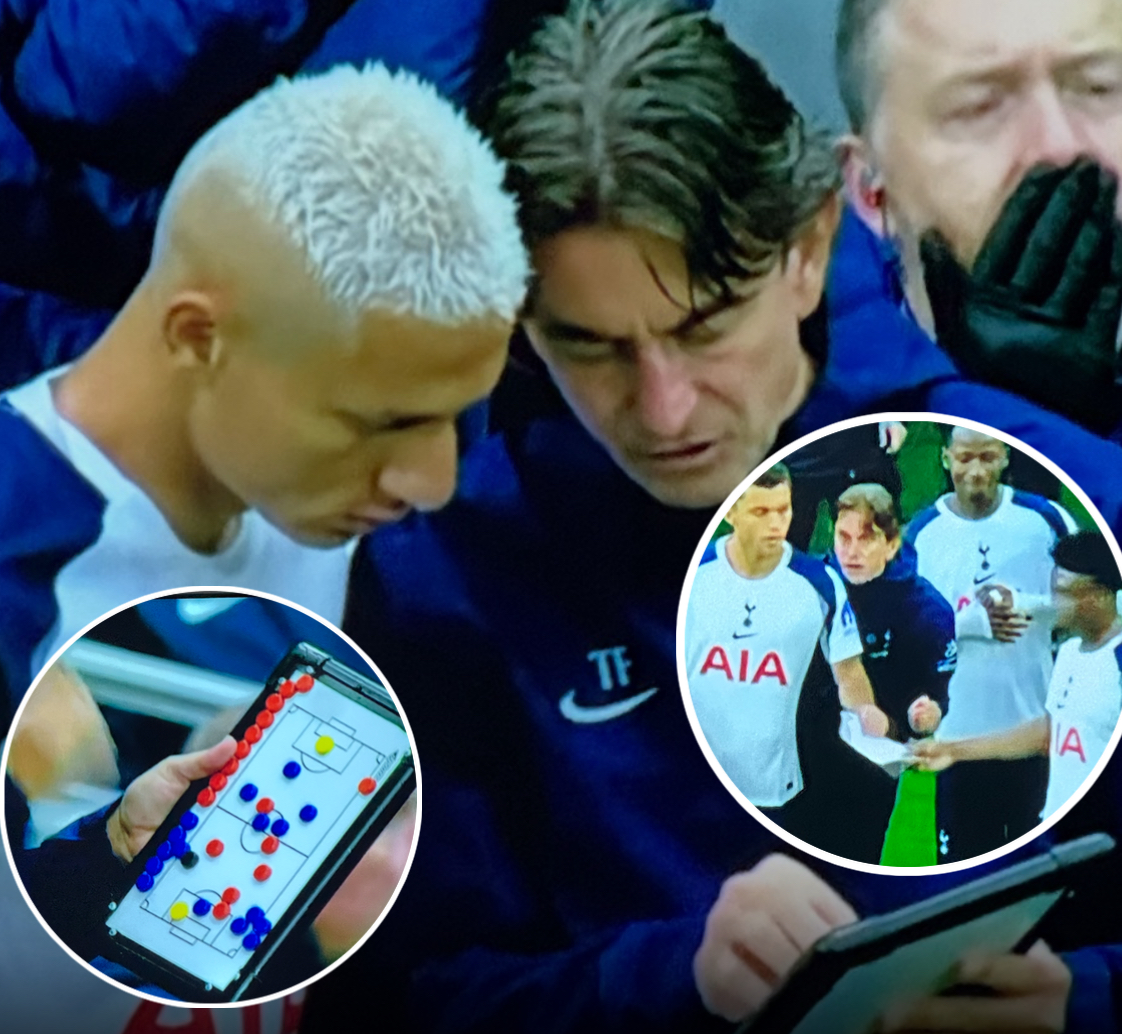
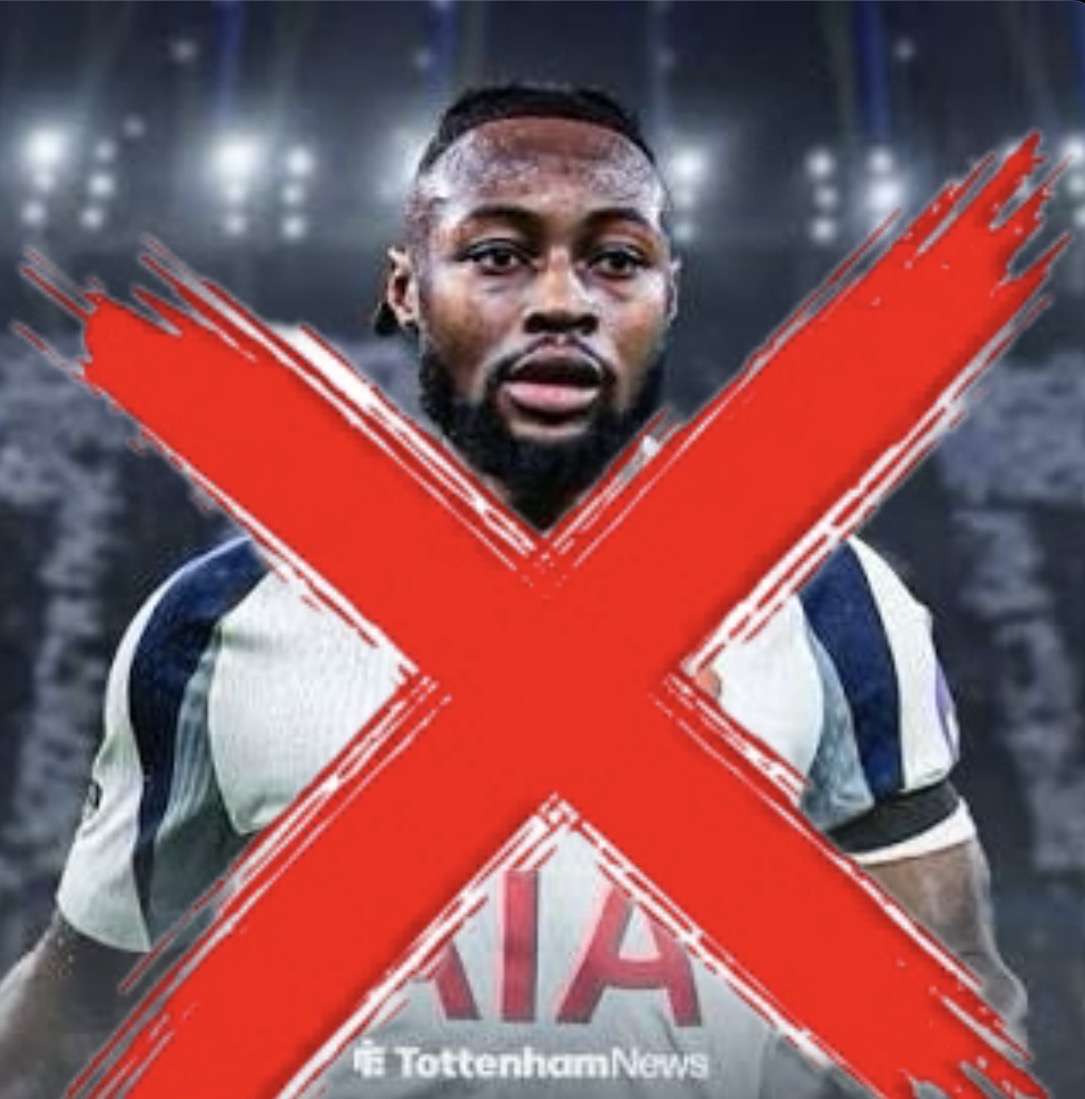
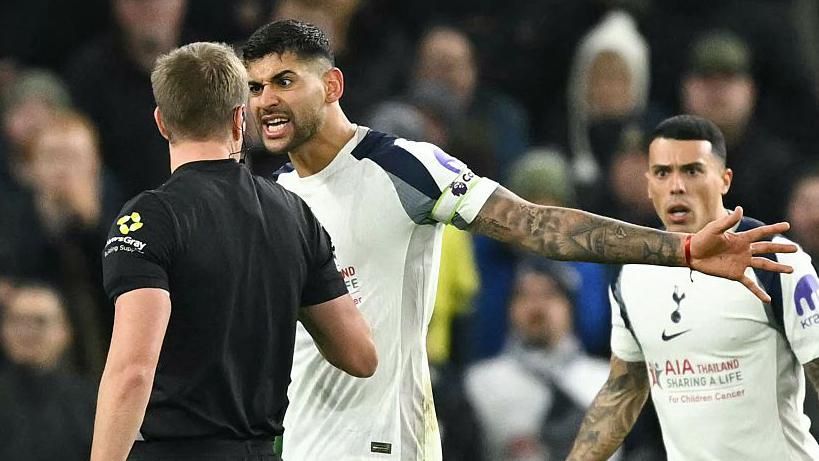
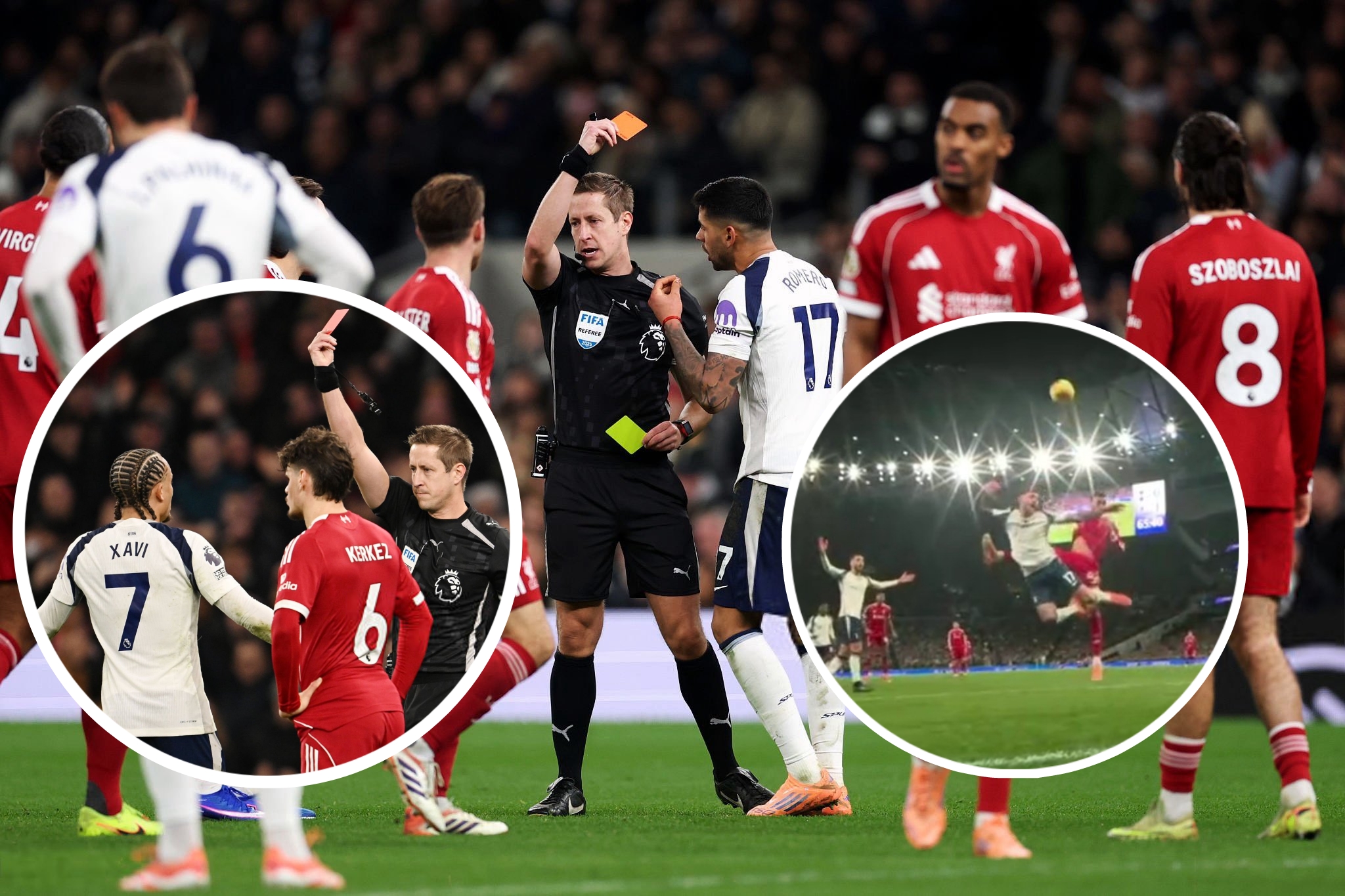
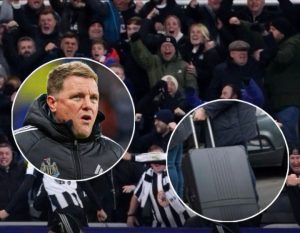
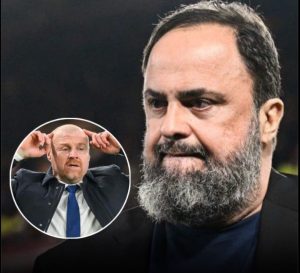

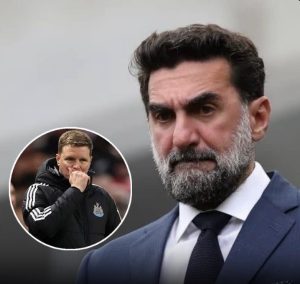
Post Comment